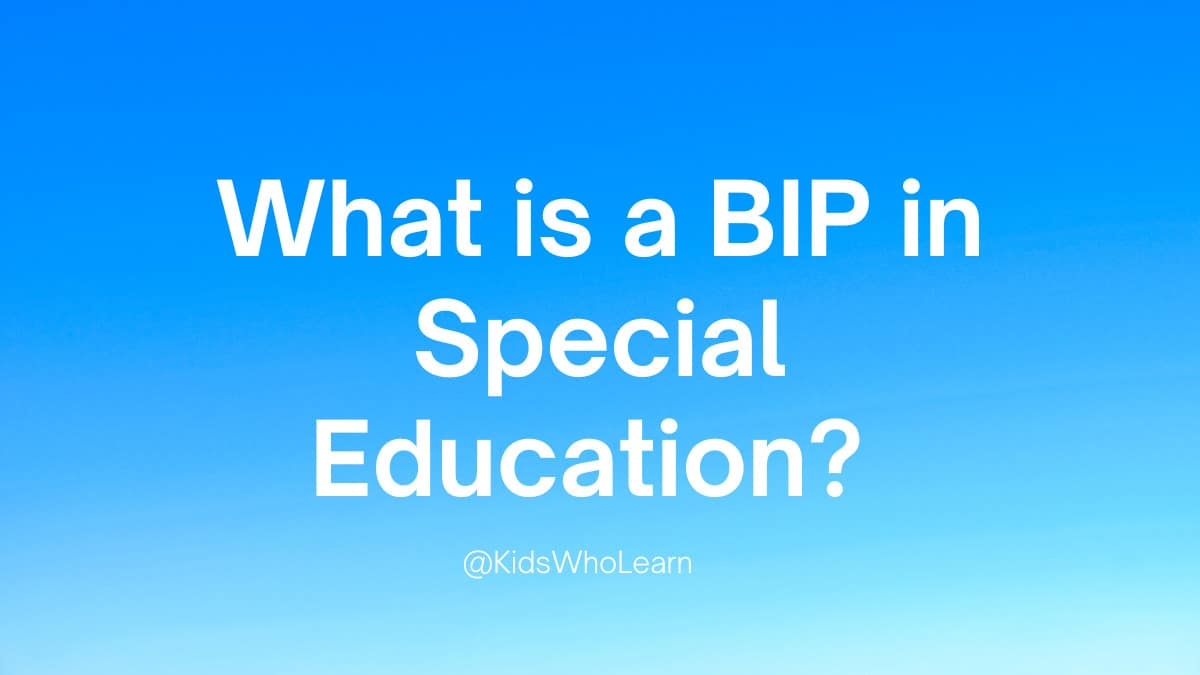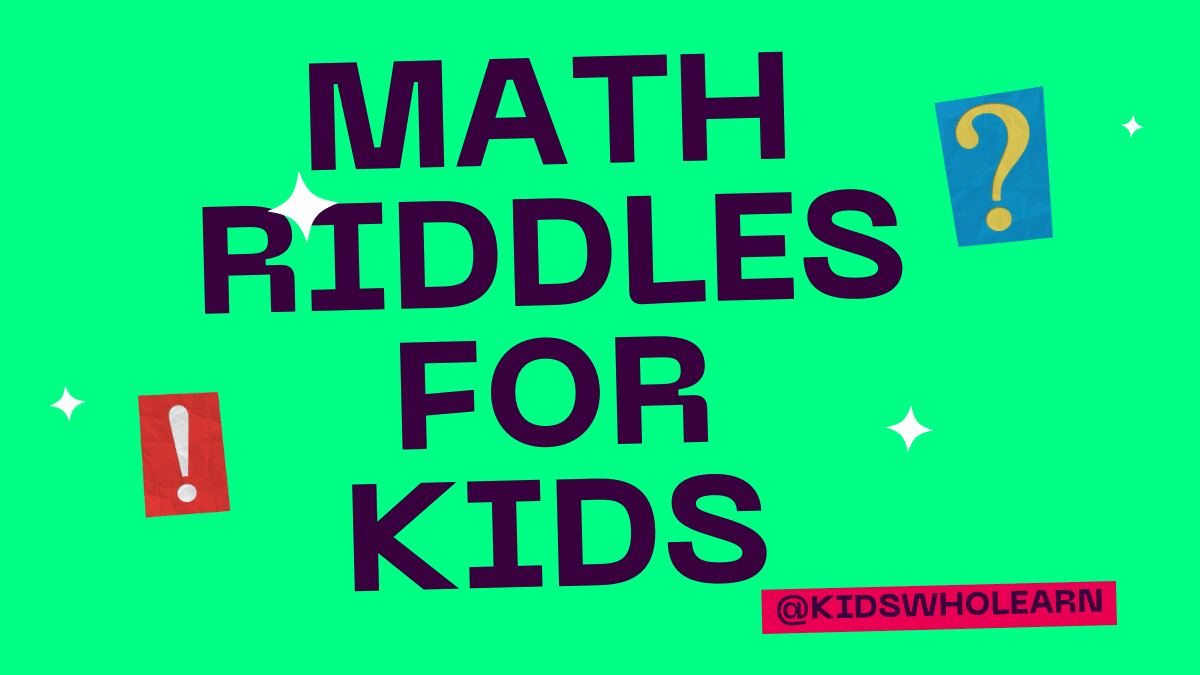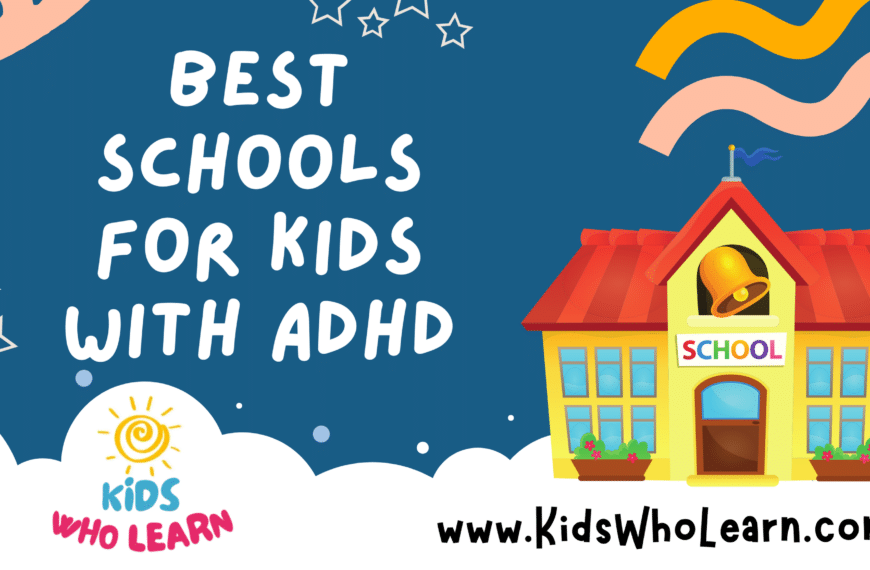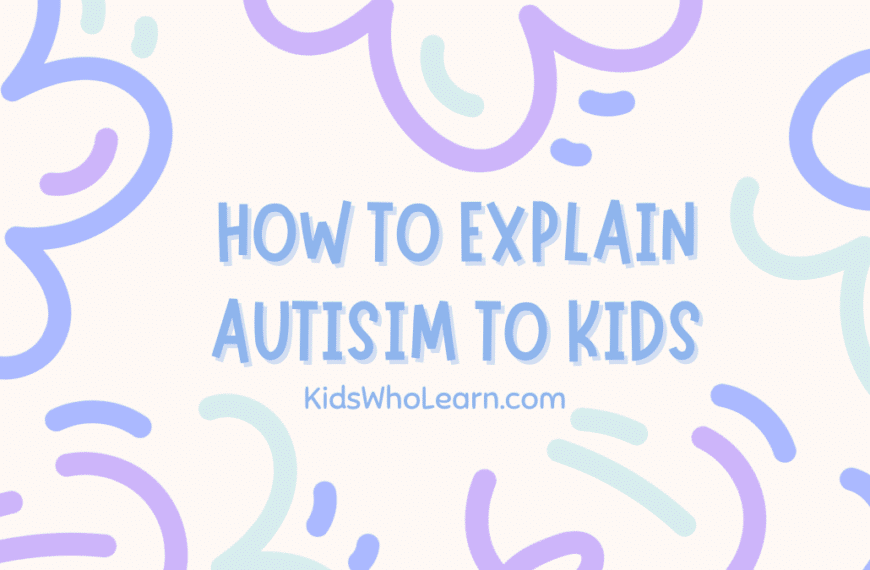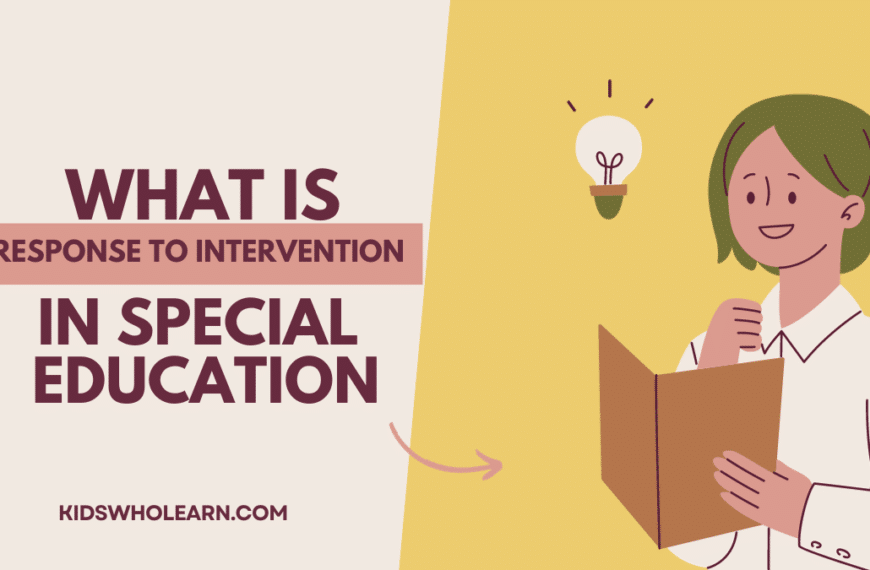If you have a child with special needs, you may have heard the term “BIP” thrown around in conversations with teachers, therapists, and other professionals. But what exactly is a BIP, and how does it fit into the world of special education? In short, a BIP is a Behavior Intervention Plan, which is a document that outlines strategies for addressing challenging behaviors that may be interfering with a student’s ability to learn and participate in the classroom.
Understanding BIPs in special education is crucial for parents, teachers, and other professionals who work with students with disabilities. A BIP is typically developed in response to a student’s challenging behaviors, which may include anything from physical aggression to noncompliance with instructions. By identifying the specific behaviors that need to be addressed and developing a plan for addressing them, a BIP can help students with disabilities to succeed academically and socially.
Key Takeaways
- A BIP is a Behavior Intervention Plan that outlines strategies for addressing challenging behaviors in students with disabilities.
- Understanding BIPs is important for parents, teachers, and other professionals who work with students with disabilities.
- BIPs can help students with disabilities to succeed academically and socially by addressing specific behaviors that may be interfering with their learning.
Understanding BIP in Special Education
Definition of BIP
If you have a child with special needs, you may have heard the term “BIP” being used by educators and other professionals. BIP stands for Behavior Intervention Plan, and it is a document that outlines strategies to address and modify challenging behaviors in children with disabilities.
A BIP is a personalized plan that is developed based on a child’s individual needs and behaviors. It is designed to help your child learn new behaviors that are more appropriate and effective, while reducing or eliminating problematic behaviors.
Purpose of BIP
The purpose of a BIP is to provide a structured approach to addressing challenging behaviors in children with disabilities. It is designed to help your child learn new skills, and to provide support and guidance to both your child and the people who work with them.
A BIP typically includes specific goals, strategies, and interventions that are tailored to your child’s needs. It may involve positive reinforcement, such as rewards for good behavior, or it may involve consequences for negative behaviors.
In addition to helping your child learn new behaviors, a BIP can also help to reduce stress and anxiety for both your child and their caregivers. By having a clear plan in place, everyone involved can feel more confident and prepared to handle challenging situations.
Overall, a BIP is an important tool in special education that can help your child to succeed academically, socially, and emotionally. By working with your child’s educators and other professionals, you can develop a BIP that is tailored to your child’s unique needs and behaviors.
Components of a BIP
A Behavior Intervention Plan (BIP) is a document that outlines strategies to support students with challenging behavior in the classroom. The BIP is developed based on a Functional Behavior Assessment (FBA), which identifies the function of the behavior and the situations that trigger it. The BIP includes three main components: Behavioral Assessment, Intervention Strategies, and Monitoring Progress.
Behavioral Assessment
The first step in developing a BIP is to conduct a behavioral assessment. This involves gathering information about the student’s behavior, including the frequency, intensity, and duration of the behavior, as well as the antecedents and consequences that maintain the behavior. The assessment may include direct observations, interviews with teachers and parents, and review of records.
Intervention Strategies
Once the assessment is completed, the next step is to develop intervention strategies to address the behavior. The strategies should be based on the function of the behavior and should be tailored to the student’s unique needs. The intervention strategies may include teaching replacement behaviors, modifying the environment, providing positive reinforcement, and teaching coping skills.
Monitoring Progress
The final component of the BIP is monitoring progress. It is important to regularly monitor the student’s behavior to determine if the interventions are effective. This may involve collecting data on the frequency and duration of the behavior, as well as observing the student in different settings. Based on the data collected, the BIP may need to be revised to ensure that the interventions are meeting the student’s needs.
In conclusion, a BIP is an important tool for supporting students with challenging behavior in the classroom. The BIP includes three main components: Behavioral Assessment, Intervention Strategies, and Monitoring Progress. By following these components, teachers and other professionals can develop effective strategies to support students and promote positive behavior.
Process of Developing a BIP
When developing a Behavior Intervention Plan (BIP), there are several steps that must be taken to ensure its effectiveness. The process of developing a BIP involves team involvement, data collection, and implementation.
Team Involvement
The development of a BIP should involve a team of individuals who have knowledge and expertise in the areas of behavior management and special education. The team typically includes the student’s teacher, special education teacher, school psychologist, and other professionals who work with the student. Parents or guardians should also be included in the process.
Data Collection
Data collection is a crucial step in the development of a BIP. The team should gather information about the student’s behavior by observing and recording the behavior in various settings. The team should also review any existing data, such as progress reports or behavior logs. This data should be used to identify patterns and triggers for the behavior.
Implementation
Once the team has gathered and analyzed the data, they can begin to develop a BIP that includes specific interventions and strategies to address the behavior. The plan should be individualized to meet the student’s needs and should include goals and objectives that are measurable and achievable. The team should also identify strategies for monitoring progress and making adjustments to the plan as needed.
In summary, the process of developing a BIP involves team involvement, data collection, and implementation. By following this process, the team can develop a plan that is effective in addressing the student’s behavior and promoting positive outcomes.
Benefits of BIP in Special Education
If your child is struggling with behavior issues in school, a Behavior Intervention Plan (BIP) may be a helpful tool to support their academic success. Here are some benefits of implementing a BIP in special education:
Behavioral Improvement
A BIP is designed to identify specific problem behaviors and create a plan to address them. By using positive reinforcement strategies and teaching replacement behaviors, a BIP can help your child learn more appropriate ways to express themselves and interact with others. This can lead to improved social skills, better self-regulation, and a decrease in disruptive behaviors in the classroom.
Academic Success
When behavior issues are addressed through a BIP, students may be better able to focus on their academic tasks. By reducing distractions and disruptions in the classroom, students can spend more time engaged in learning and less time dealing with behavioral issues. Additionally, a BIP can help teachers and support staff identify specific academic goals and provide targeted interventions to help students achieve them.
Overall, a BIP can be an effective tool for improving behavior and academic success in students with special needs. By identifying problem behaviors and implementing targeted interventions, students can learn new skills and strategies to support their success in school.
Challenges and Solutions in BIP
Common Challenges
When implementing a Behavior Intervention Plan (BIP), there are several common challenges that may arise. These challenges can include:
- Lack of staff training: Without proper training, staff may not fully understand the purpose and implementation of the BIP, leading to inconsistent or ineffective implementation.
- Difficulty identifying target behaviors: It can be challenging to determine which behaviors to target for intervention, especially when the behavior is complex or occurs in multiple settings.
- Limited resources: Schools may have limited resources, making it difficult to implement the BIP with fidelity or provide necessary supports for the student.
- Resistance from student or family: Some students may resist the BIP, and families may have concerns or objections to the plan.
Effective Solutions
Despite these challenges, there are effective solutions that can help ensure the success of the BIP. These solutions include:
- Providing staff training: Staff should receive comprehensive training on the purpose and implementation of the BIP, including data collection and analysis, reinforcement strategies, and crisis management.
- Conducting a functional behavior assessment (FBA): An FBA can help identify the function of the target behavior, which can inform the development of effective interventions.
- Collaborating with families and outside providers: Collaboration with families and outside providers can help ensure consistency across settings and provide additional resources and support.
- Using positive reinforcement: Positive reinforcement can be a powerful tool in shaping behavior, and should be incorporated into the BIP whenever possible.
By addressing these common challenges and implementing effective solutions, the BIP can be a successful tool for supporting students with challenging behaviors in the special education setting.
Frequently Asked Questions
How can teachers ensure the effectiveness of a behavior intervention plan?
Teachers can ensure the effectiveness of a behavior intervention plan by implementing it consistently and monitoring the progress of the student. It is important to collect data on the student’s behavior and adjust the plan as needed to ensure that it is working.
What is the purpose of a behavior intervention plan?
The purpose of a behavior intervention plan is to address and modify specific behaviors that are interfering with a student’s ability to learn and participate in the classroom. The plan outlines strategies and interventions to help the student improve their behavior and reach academic and social goals.
What is the difference between a 504 plan and a behavior intervention plan?
A 504 plan is a legal document that outlines accommodations and modifications for students with disabilities to ensure equal access to education. A behavior intervention plan is a plan developed specifically to address and modify a student’s behavior.
Can you provide examples of a behavior intervention plan?
Examples of a behavior intervention plan may include positive reinforcement, such as rewards for desired behaviors, or negative consequences, such as loss of privileges for inappropriate behaviors. The plan may also include specific strategies for addressing triggers or antecedents that lead to problematic behaviors.
What is the process for creating a behavior intervention plan?
The process for creating a behavior intervention plan typically involves gathering data on the student’s behavior, identifying specific behaviors to target, developing strategies and interventions to address those behaviors, and monitoring progress and adjusting the plan as needed.
What are some strategies for implementing a behavior intervention plan effectively?
Strategies for implementing a behavior intervention plan effectively may include providing clear and consistent expectations, providing positive reinforcement for desired behaviors, using visual aids and reminders, and involving the student in the development and monitoring of the plan. It is also important to communicate the plan with other teachers and staff who work with the student to ensure consistency and effectiveness.

